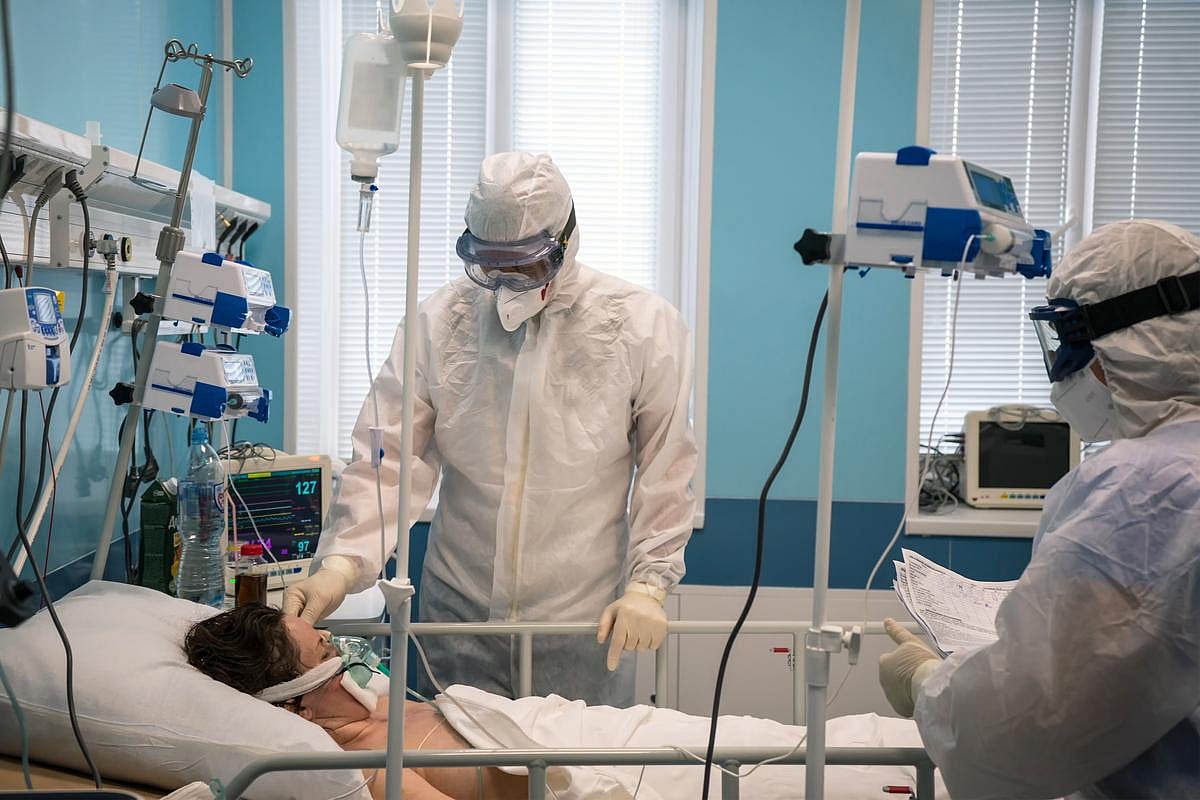By Beth Gilbert HealthDay Reporter
The annual meeting of the Infectious Diseases Society of America was held this year from Oct. 19 to 22 in Atlanta, drawing participants from around the world, including scientists, physicians, and other health care professionals. The conference featured education courses and comprehensive educational programs that focused on the latest advances in the diagnosis, treatment, and prevention of infectious diseases. The meeting also provided insight into emerging infections, new diagnostics, vaccines, and therapeutic interventions.
In one study, Ali Dehghani, D.O., of University Hospitals/Case Western Reserve University in Cleveland, and colleagues found that the herpes zoster vaccine (Shingrix) reduces the long-term vascular and cognitive impact of shingles in addition to preventing the infection itself.
The authors reviewed the medical records of more than 174,000 adults across 107 U.S. health systems and found that shingles can increase the risk for heart attack, stroke, vascular dementia, and death for years afterward. The investigators noted that adults who received the recombinant zoster vaccine (Shingrix) before their shingles episode had much lower long-term risks for these complications.
“The shingles vaccine may protect against both infection and inflammation. Even when breakthrough cases occur, prior vaccination was linked to fewer cardiovascular and neurocognitive events over several years of follow-up,” Dehghani said. “It suggests that vaccination can blunt the body’s inflammatory response to the virus and help prevent downstream damage to blood vessels and the brain.”
In another study, Muhammad Sohaib Asghar, M.B.B.S., M.D., of AdventHealth Sebring in Florida, and colleagues found a marked increase in Clostridioides difficile infection (C. diff)-associated deaths during the early 2000s, largely driven by the emergence of hypervirulent strains and increased antibiotic resistance. However, more recent years have shown a gradual decline in mortality rates, which the study authors attribute to improved infection control practices, hand hygiene, antimicrobial stewardship programs, and public awareness.
The authors used demographic data from the U.S. Centers for Disease Control and Prevention WONDER database to gain insight into C. diff mortality trends and found that disparities persisted among racial, geographic, and age-specific subgroups, highlighting the need for targeted interventions.
The researchers discovered the following notable differences in C. diff-associated deaths from 1999 and 2023: Women accounted for 58 percent of deaths, and men accounted for 42 percent; 84 percent of deaths were reported in White individuals, 8 percent in Blacks, 6 percent in Hispanics, and 2 percent in other racial groups. About 33 percent of the deaths occurred in the South, 24 percent in the Midwest, 22 percent in the Northeast, and 20 percent in the West. According to the National Center for Health Statistics rural-urban scheme classification, 84 percent of deaths occurred in metropolitan areas and 16 percent occurred in nonmetropolitan areas.
“C. diff deaths peaked in the United States between 2006 and 2015, driven by emerging antibiotic-resistant pathogens. C. diff’s prevalence in health care settings flips the usual dynamics of social determinants, and those who have more access to health care are more likely to die from this infection,” Asghar said. “This underscores the evolving landscape of C. diff infection mortality and the importance of sustained preventive strategies to further reduce the burden of this infection.”
Andrew Hill, Ph.D., of Liverpool University in the United Kingdom, and colleagues found that lenacapavir, a twice-yearly injection to prevent the spread of or to treat HIV infection, can be mass produced and offered at a much lower price.
The authors evaluated the route of synthesis of lenacapavir and obtained estimates for each component of the drug, using methods validated for other treatments. They worked closely with suppliers in China and India who mass-produce drugs.
The researchers estimated that lenacapavir could be mass-produced to treat 2 million people for US$40 per year. This price could then fall to US$25 per year if production could be upscaled to treat 5 to 10 million people. The investigators noted that high levels of coverage are needed — in the range of 10 million treated — in order to have a significant effect on HIV transmission worldwide.
“In the U.S., there were 39,000 new HIV diagnoses in 2023. Given that 41 people need to take lenacapavir for each HIV infection prevented, we will probably need to give lenacapavir to at least 1.2 million people per year in the U.S. to achieve elimination of HIV from the U.S. by 2030. The current price of US$28,000/year for lenacapavir would make this impossible,” Hill said. “I proposed how a $2,000/year price would still provide significant profits to Gilead but could allow mass use of lenacapavir within realistic budgets. This drug is so cheap to mass-produce, Gilead can sell at any price and still make large profits. The choice now for Gilead is to allow widespread use at a lower price or restrict access by keeping prices high.”
One author disclosed a financial relationship with Gilead Sciences, the manufacturer of lenacapavir.
IDSA: Herpes Zoster Vaccination Linked to Lower Risk for MACE, Dementia, Death
WEDNESDAY, Oct. 22, 2025 (HealthDay News) — Vaccination against herpes zoster is associated with lower risks for heart disease, dementia, and mortality among adults aged 50 years and older, according to a study presented at the annual meeting of the Infectious Diseases Society of America (IDWeek), held from Oct. 19 to 22 in Atlanta.
Read Full Text
IDSA: 216,311 U.S. Deaths Associated With C. Diff Infection ID’d in 1999 to 2023
TUESDAY, Oct. 21, 2025 (HealthDay News) — Temporal trends in Clostridioides difficile infection deaths have been described in a study presented at the annual meeting of the Infectious Diseases Society of America (IDWeek), held from Oct. 19 to 22 in Atlanta.
Read Full Text
Copyright © 2025 HealthDay. All rights reserved.








